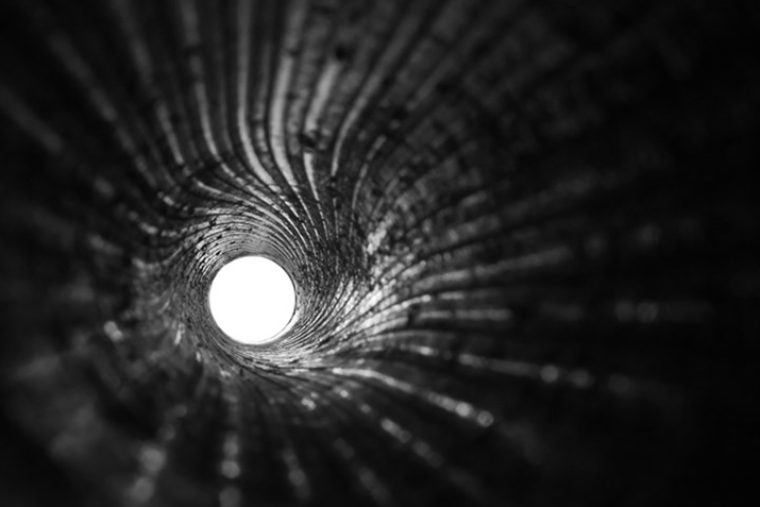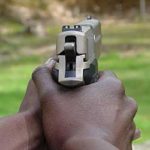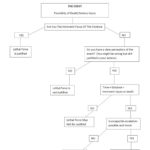The notion of spinning an object as it is thrust through the air in order to stabilize it and allow it to be more accurate has been with us for a long time. Early archers would often mount their fletching feathers in a helical pattern to help stabilize their arrows. As muskets—unrifled, shoulder-mounted arms—flourished, some thought was given to spinning the ball inside the barrel, but because blackpowder leaves so much residue such technology wasn’t pursued much until the late 16th century. Warfare tactics of that time dictated that a musket was needed because it is quicker to reload, and the tactic of exchanging mass volleys of shots between combatants made accuracy of small importance.
Rifling a barrel was first done successfully in the gun shops of Augsburg, Germany, in 1498. Early rifle makers had to deal with a great many problems in order to successfully rifle a barrel. Grooves had to be cut one at a time; getting them even, uniform in depth and smooth required great skill, and plenty of hand work. That skill and hand work was very expensive, making the rifled barrel relatively rare until the 19th century when industrialization and more modern repeatable metalworking machines were developed.
For more than 400 years rifling was cut into a barrel, each groove being cut one at a time. The process of broaching—having a tool with progressively deeper buttons along its axis—allowed barrel makers to cut all of the grooves in a barrel in a single pass. This cut down the manufacturing time of making a barrel a great deal making rifled barrels more accessible to the masses. A somewhat similar process called “button rifling” was developed. The main difference between button rifling and broaching is that broaching cut metal; button rifling simply pushes the metal out of the way.
by Dave Campbell



